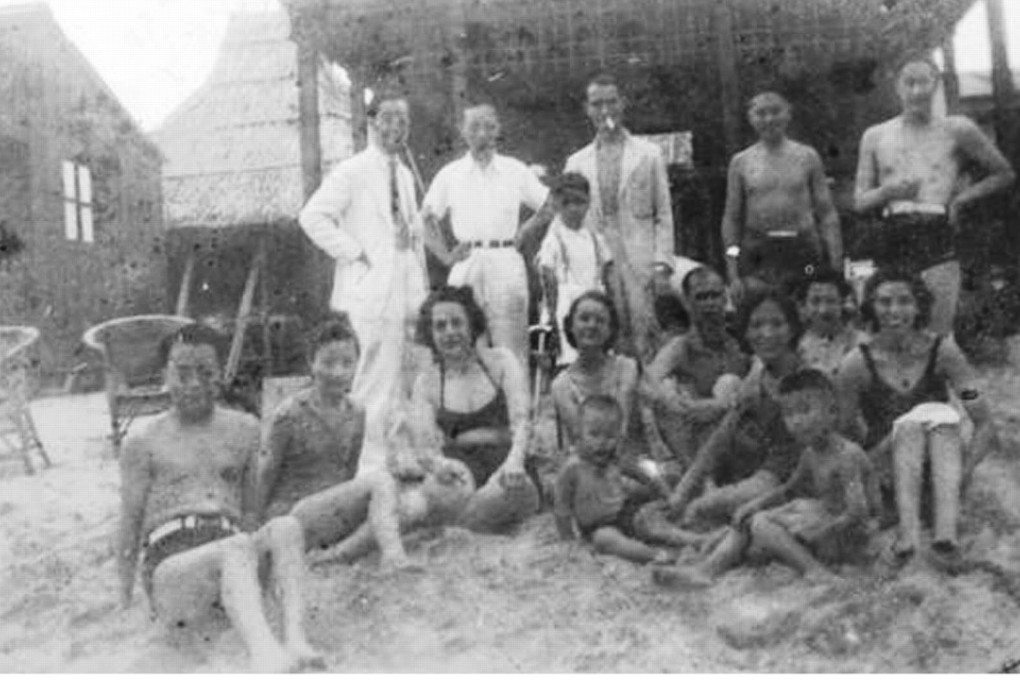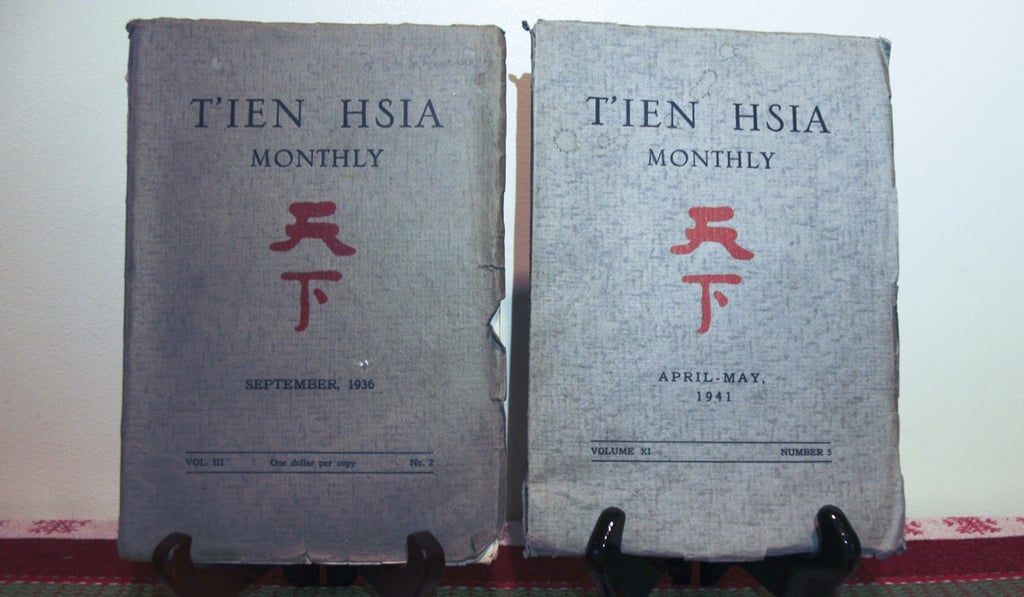From belle époque Shanghai to occupied Hong Kong, the literati who broke down cultural barriers
T’ien Hsia magazine set out to be a platform for cross-cultural exchange until war intervened; managing it was this correspondent’s mother, who fled to Hong Kong, where she bought opium for Emily Hahn, and almost became personal aide to Madame Chiang

A photograph in our family album captures an extraordinary scene at Hong Kong’s Repulse Bay in 1939. People in the British colony at that time were acutely aware of social and racial distinctions, and yet the beach party in the picture has Chinese, Eurasians and Westerners – most of them in swimwear – all relaxing together.
The multiracial gathering consisted mostly of displaced Shanghailanders – writers and staff of cultural magazine T’ien Hsia Monthly, which launched in Shanghai in 1935 and moved to Hong Kong after the Sino-Japanese war broke out in 1937. T’ien Hsia, which translates as “everything under heaven”, was distinctive in being a Chinese-edited, English-language publication aimed at an international readership. It began at the height of an era of unprecedented openness in China, with the goal of promoting international cooperation through cultural ties.
Seated second from right is T’ien Hsia’s “backroom girl”, Louise Mary Newman, who was involved in every aspect of the magazine, from its inaugural issue until its abrupt closure in dramatic circumstances. Newman, who would marry Arthur “Paddy” Gill, the Irishman sitting next to her, became my mother after the war.

